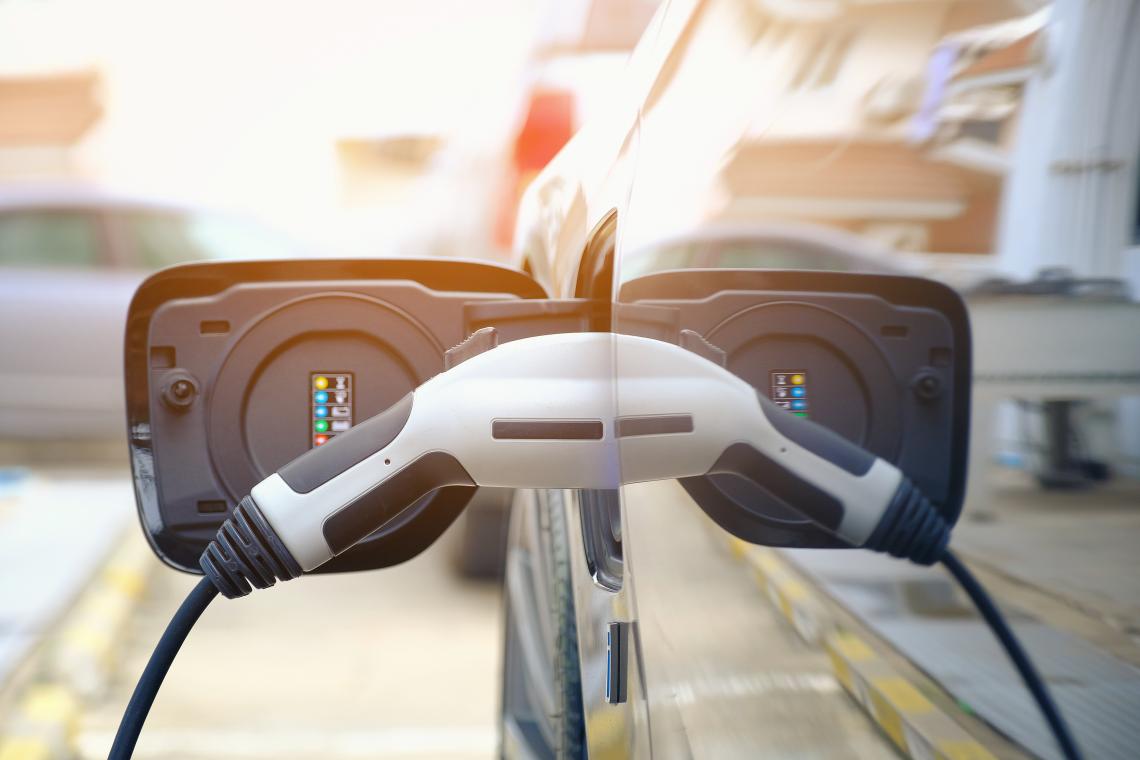HOW DOES A HYBRID CAR WORK?
With a growing choice of hybrid vehicles and ever stricter anti-pollution legislation, hybrid vehicles are booming. But in concrete terms, how does a hybrid car work? And what types of vehicles are available on the automotive market?
HOW DOES A HYBRID VEHICLE WORK?
A hybrid vehicle is a vehicle that has both an internal combustion engine and an electric motor, itself combined with an electric battery. The vehicle's polluting emissions are thus reduced, and you can benefit from the range of a combustion engine vehicle.
A distinction must be made between different types of hybrid vehicles :
- Hybrid Electric Vehicles (HEV), which can be recharged while driving;
- Mild Hybrid Electric Vehicles (MHEV), with a small battery accompanying a combustion engine;
- or Hybrid Electric Vehicle (PHEV) Plug-ins, which can be recharged at a power outlet or charging station.
THE HYBRID ELECTRIC VEHICLE (HEV)
A HEV hybrid vehicle is equipped with a conventional internal combustion engine, an electric motor and a small electric battery that recharges while driving, thanks to energy recovery during braking.
The internal combustion engine and electric motor take turns depending on the speed of the vehicle in full electric mode at less than 50 km/h. The range of this type of vehicle ranges from 2 to 5 kilometers on 100% electric power.
Examples of hybrid vehicles (HEVs) include the Toyota C-HR and Lexus NX 300h models.
The advantages of HEVs
- Reduced fuel consumption thanks to the use of the electric motor, which recharges itself with kinetic energy while driving.
- An internal combustion engine that allows refueling at traditional service stations.
- No special installation such as an electrical outlet is required.
- Comfortable driving in the city.
The disadvantages of HEV
- A hybrid vehicle remains a polluting vehicle that depends on fossil fuels.
- A low capacity battery.
- A complex technology.
- A rather high price.
Full Hybrid Toyota
Toyota is at the origin of the appearance of hybrid technology. Developed by the Japanese automaker, the brand's full hybrid (HEV) will make its first appearance on the Prius model when it is launched in 1997: it is the first hybrid car marketed to the general public.
LIGHT OR MILD HYBRID ELECTRIC VEHICLE(MHEV)
A light hybrid vehicle is quite similar to an internal combustion vehicle: its small battery (48 V) simply supplements the internal combustion engine during acceleration or when the vehicle is travelling at low speed.
Examples of light hybrid vehicles (MHEVs) include the Suzuki Swift Hybrid and Ford Puma EcoBoost Hybrid models.
Benefits of the MHEV
- Slightly lower consumption than a 100% thermal vehicle.
- Simple installation.
- Attractive price.
Disadvantages of the MHEV
- An insignificant fuel saving.
- Impossible operation in electric-only mode.

PLUG-IN OR PLUG-IN HYBRID ELECTRIC VEHICLE (PHEV)
A Plug-in Hybrid Vehicle (PHV) is equipped with a combination of an internal combustion engine, an electric motor and a rechargeable electric battery, which is larger than for a HEV hybrid vehicle.
Unlike other types of hybrid engines, the Plug-in Hybrid Vehicle can run on 100% electricity at speeds over 50 km/h, but its range is limited, between 20 km and 60 km. Different solutions exist for charging a PHEV (or electric) hybrid vehicle with a charging plug.
Examples of rechargeable hybrid vehicles (PHEV) include the Audi A3 Sportback e-tron, Renault Captur E-Tech Hybrid Plug-in or Ford Kuga Plug-in.
The advantages of PHEV
- Great efficiency.
- Can be recharged at home or at work.
- A thermal engine that allows you to fill up at traditional service stations.
- A possible choice of the origin of the electricity used to recharge the vehicle.
- A higher full electric range than for a HEV vehicle.
Disadvantages of the PHEV
- Complex technology.
- A rather high price.
- A double motorization which represents an important weight, which can lead to over consumption at high speed.
PLUG-IN OR PLUG-IN HYBRID ELECTRIC VEHICLE AN THE ECOLOGICAL BONUS
The government has decided to increase and strengthen the bonus system for zero or low-emission vehicles such as hybrids. Bonuses are valid from May 11, 2020 until March 31, 2021.
The premium of 2.500 euros for a hybrid car is granted under certain conditions among which:
- the vehicle must have a rate of less than 50 g of CO2 emissions per km.
- the Vehicle must have been put into circulation in Luxembourg for the first time
between January 1, 2019 and December 31, 2021
- The period of ownership of the vehicle in the Grand Duchy must be at least 7 months.
- In the case of a lease, the premium may be granted to the holder if the owner waives the aid
For more information: https://www.myenergy.lu/fr/particuliers/mobilite/aides-financieres
The operation of a hybrid car offers a good compromise between an internal combustion vehicle and a 100% electric vehicle. It can allow you to test a new technology before going electric. If you still have doubts about the autonomy of a hybrid vehicle, you can opt for operational leasing to try the experience.



